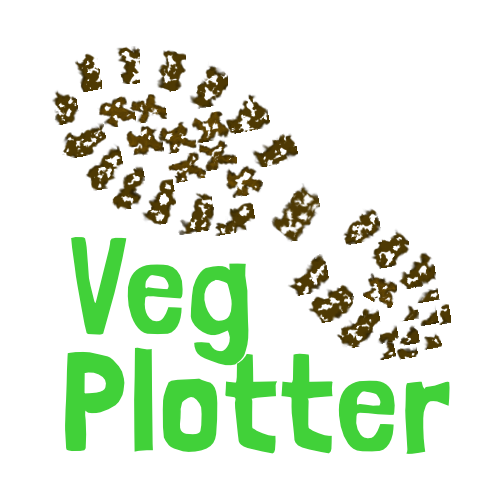Top 3 Propagation Strategies
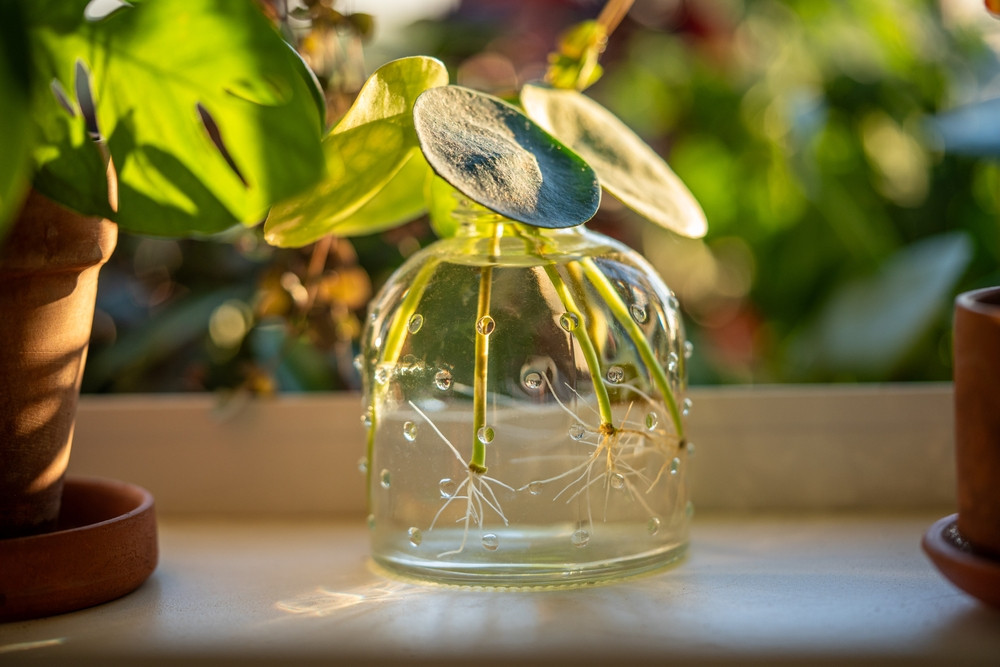
For the experienced gardener, propagation isn't just about getting new plants; it's about making your garden more productive, preserving your favorite varieties, and being smarter about your resources. Moving beyond simply buying young plants, these techniques allow you to fine-tune your harvest, manage plant health, and truly maximize what your plot can offer. Integrating advanced propagation into your garden planner can elevate your approach to seasonal planting and long-term garden vitality. Let’s explore three key methods with a more practical focus.
1. Seed Propagation: Mastering the Start
While sowing seeds is a basic gardening step, for the experienced grower, it's about precision and control. This involves understanding seed behavior, clever timing, and diligent record-keeping within your garden planner.
Refined Techniques:
- Saving Your Best Seeds: Focus on collecting seeds from your open-pollinated (OP) and heirloom varieties. This ensures you keep the exact traits you love. If you grow different varieties of the same plant (like multiple types of squash), you might need to isolate them or hand-pollinate to prevent unwanted cross-breeding. This guarantees consistent results year after year.
- Getting Seeds to Sprout: Some seeds are a bit stubborn. Learn about any special treatments they might need, like cold stratification (giving them a cold period) or scarification (lightly scratching the seed coat). This significantly improves how many seeds sprout and how evenly they come up. It's also smart to test a small batch of older seeds for viability before planting a whole tray.
- Creating the Perfect Growing Environment: Use tools like heat mats and good quality grow lights to give your seedlings the best start. Keeping temperatures and humidity steady helps prevent common problems like 'damping-off' disease. Jot down these conditions in your garden planner to replicate success.
- Smart Sowing: For certain crops like beets or onions, you can sow several seeds close together in one spot. This makes efficient use of space. Later, instead of simply discarding weaker seedlings, you can often transplant them if they look strong enough.
2. Cuttings: Cloning Your Top Performers
This is a powerful technique for making exact copies of your best plants. It's ideal for multiplying a specific variety that shows great vigor, disease resistance, or just produces exceptionally well. It's a way to get identical 'daughter' plants from a 'mother' plant, bypassing the slight variations that can occur with seeds.
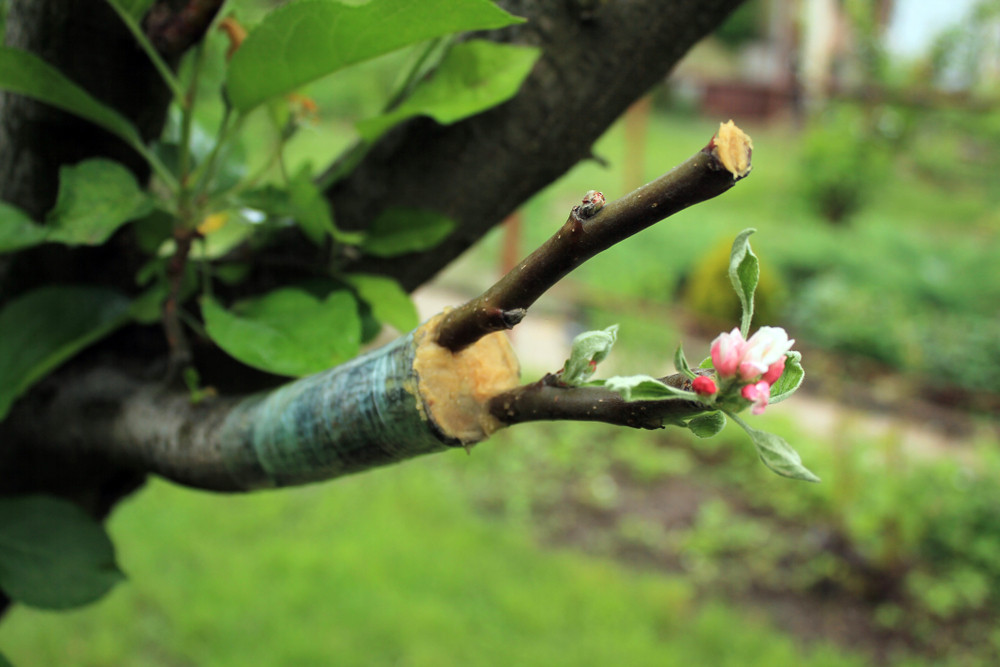
Precision Methods:
- Choosing the Right Cuttings: Understand whether a plant roots better from a soft, new stem (softwood cutting) or a more mature, woody one (hardwood cutting). Softwood cuttings often root faster but need more careful attention to humidity.
- Cleanliness is Key: Always use very sharp, clean pruners or a knife. A clean cut heals faster and reduces the risk of introducing diseases to your new plant. Sterilize tools between uses.
- Rooting Aids & Mediums: Beyond basic rooting powders, you might experiment with liquid rooting hormones or gels, which can be more effective for certain plants. Consider different rooting materials like perlite, vermiculite, or specialized plugs. These offer better air circulation and moisture balance, which are crucial for roots to form.
- **For the experienced gardener, grafting offers a sophisticated method to combine desirable traits, allowing you to attach a cutting (scion) from one plant onto the rootstock of another, often for disease resistance or improved vigor.
- Creating a Good Home: Use propagation domes or even simple plastic bags over your cuttings to create a humid environment. This helps prevent the tender cuttings from drying out before they can grow roots. Monitoring the temperature of both the air and the rooting mix is important. Keep notes on your success rates for different plants in your garden planner.
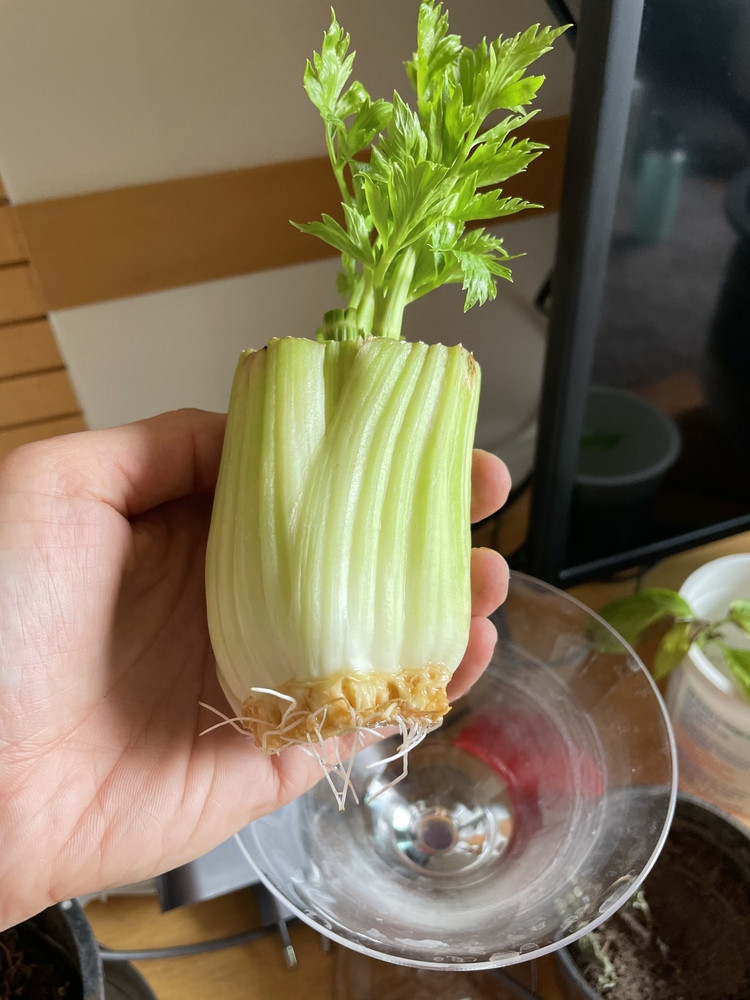
3. Division: Rejuvenating Perennial Powerhouses
For those longer-lived vegetables that return year after year, division is essential. It's not just about getting more plants; it's about keeping your existing plants healthy and productive. Over time, perennial clumps can become crowded or exhaust the soil, leading to reduced yields. Division breathes new life into them.
Strategic Division:
- Best Time to Divide: Most perennial vegetables (like rhubarb, asparagus, or chives) are best divided in early spring, just as they start showing new growth, or in the fall after their foliage has died back. This timing reduces stress on the plant as it’s not actively trying to produce food.
- Understanding Root Systems: Before you dig, have an idea of how the plant's roots are structured. This will help you divide it effectively without causing too much damage.
- Careful Separation: Dig up the entire plant clump. Then, using a sharp, clean spade or even two garden forks back-to-back, gently separate the root ball into smaller sections. Make sure each new piece has a good amount of roots and at least one bud or 'eye' (the point where new growth emerges).
- Replanting Right Away: Get your newly divided sections back into prepared soil quickly to prevent the roots from drying out. Plant them at the same depth they were originally and water them well. Document these activities and their results in your garden planner.
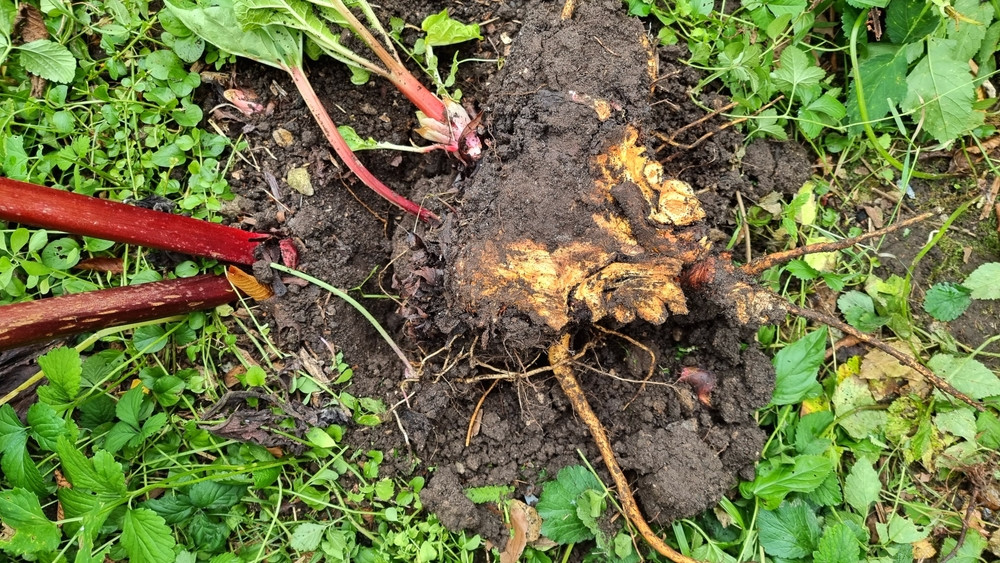
By mastering these propagation methods, the experienced gardener can achieve incredible levels of garden productivity and self-sufficiency, ensuring a continuous supply of their preferred vegetable varieties year after year.

